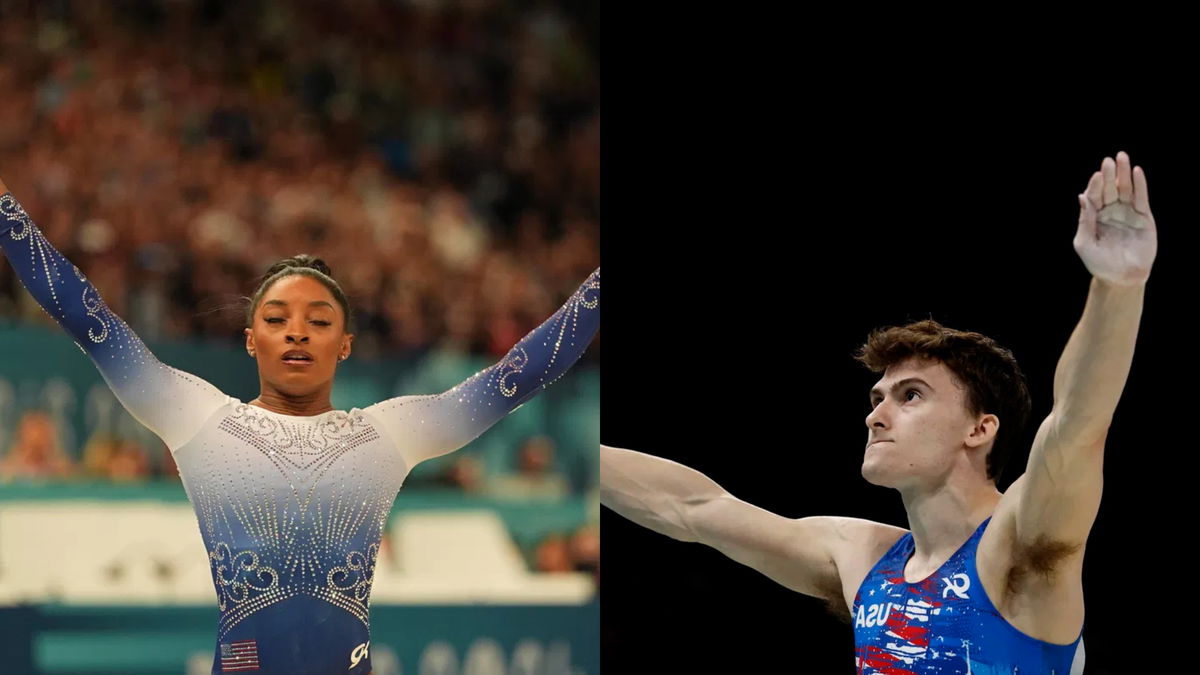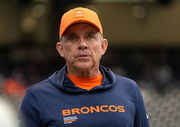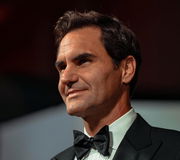
Imago
Credits: Imago

Imago
Credits: Imago
Simone Biles is soaring to new heights, and she’s taking gymnastics along for the ride with her Gold Over America Tour! Meanwhile, it seems like men’s gymnastics is struggling to keep pace, failing to capture the attention of casual fans. While Biles and her fellow gymnasts are inspiring a wave of admiration, the men’s side is facing a serious identity crisis. Sure, Team USA men’s made headlines by winning their first Olympic medal in the team event in 16 years—snagging a bronze in Paris—but it’s hard to ignore the fact that men’s gymnastics has lost much of its luster. Back in the 1970s, over 150 universities boasted men’s gymnastics programs, yet today, that number has dwindled to just 12 Division I teams. It’s clear that the sport needs a resurgence to regain its former glory!
Watch What’s Trending Now!
On October 15, The Family Arena in St. Charles buzzes with excitement as fans gather to watch the G.O.A.T., Simone Biles, in action. The Athleta Presents Gold Over America Tour features Biles alongside top-notch competitors from the gymnastics world, including Jordan Chiles, Frederick Richard, Jade Carey, Paul Juda, Brody Malone, Yul Moldauer, Hezly Rivera, and Joscelyn Roberson joining the lineup. This post-Olympic tour is much more than just gymnastics. With Biles leading the charge, it’s not only a thrilling event for fans but also a massive success that GOAT can earn with her swag.
Men’s USAG and NCAA needs to take notes on how to bring in a crowd. A marketing rep for Simone Biles personally invited all gymnastics teams to the tour and gave a 60% discount on tickets. I’ve been said this what men’s gymnastics needs to do to bring boys to the competitions. https://t.co/kHebPS9eFy pic.twitter.com/AzGLmR7nho
— James Jones (@jamesjonesesq) October 15, 2024
ADVERTISEMENT
Simone Biles has taken gymnastics to unprecedented heights, performing moves so intricate that five of them bear her name. Beyond her athletic prowess, she has an incredible talent for monetizing her abilities through sponsorships and marketing deals, making her as influential off the mat as she is on it. The packed stadium in St. Charles showcases that it’s not just her gymnastics that fill the seats—Biles’ impact and strategic invitations create an unforgettable experience. James Jones, a gymnastics club owner, attended the event and shared a picture of the crowd on X, expressing his disappointment that men’s gymnastics could learn from this success.
“Men’s USAG and NCAA needs to take notes on how to bring in a crowd,” he wrote, noting that a marketing rep for Biles personally invited all gymnastics teams to the tour, offering a 60% discount on tickets. He emphasized that this is exactly what men’s gymnastics needs to attract more fans to competitions.
It’s baffling that men’s gymnastics is a sport where 99% of the athletes and fans are children, yet the marketing efforts seem misaligned with this reality. There are minimal initiatives or programs designed to engage young fans and encourage them to attend competitions or other sporting events. This disconnect leaves a significant opportunity untapped, as the excitement surrounding Biles and the women’s tour shows the potential to attract a new generation of gymnastics enthusiasts.
ADVERTISEMENT
Here are three key points that can be reasons for the decline of men’s gymnastics teams:
- The reduction of high school gymnastics programs and cuts to collegiate teams have significantly limited participation pathways for young male athletes. As many universities prioritize revenue-generating sports like football and basketball, men’s gymnastics programs face elimination, leading to fewer opportunities for competition and development.
- Male gymnasts typically begin training at a young age, which demands intense discipline and technical skill. This early specialization can discourage participation among potential athletes who may not be willing or able to meet these rigorous demands. Additionally, the pressure to compete at elite levels often leads to burnout or a shift to less demanding sports.
- Men’s gymnastics suffers from insufficient marketing efforts aimed at attracting young participants and fans. Without effective strategies to engage the next generation, the sport struggles to build interest and maintain visibility, exacerbating the decline in participation and competitive success compared to more popular sports.
ADVERTISEMENT
Well, this all came after Stephen Nedoroscik expressed his frustration!
While Simone Biles keeps her head up, Stephen Nedoroscik faces tension in men’s gymnastics
Stephen Nedoroscik, affectionately known as “Pommel Horse Guy,” made headlines by snagging the bronze medal in the pommel horse final at the 2024 Paris Olympics. Just before his big moment, he solved a Rubik’s cube in under ten seconds, which he jokingly called a good luck charm. With a score of 15.3, he wowed the audience with his impressive routine, solidifying his spot on the podium. This bronze is particularly special since it’s his second medal at these Games, having also helped the U.S. men’s gymnastics team secure bronze earlier before. But now post-Olympics was not that good for him!
ADVERTISEMENT

ADVERTISEMENT
Stephen Nedoroscik recently shared his concerns about Ohio State University’s potential move to cut athletic scholarships for its men’s gymnastics program, stating, “Ohio State removing athletic scholarships from men’s gymnastics is yet another step backward for MGYM.” He’s right to be worried. Despite the success of NCAA gymnasts in recent Olympic competitions, it seems like universities aren’t capitalizing on that momentum. Instead, they are stripping away vital opportunities at a time when they should be investing more in these athletes.
Participation in men’s gymnastics has dropped dramatically, from 59 Division-I programs in 1981 to just 12 today. It’s clear that financial pressures are forcing schools to prioritize sports that generate more revenue, and this could have serious consequences. As Nedoroscik points out, “With the success of current and former NCAA gymnasts at the Olympics, you’d think NCAA programs would be excited for the upcoming season, not stripping away opportunities.” If this trend continues, the future of men’s gymnastics looks bleak, and we could lose a generation of talented athletes who might otherwise thrive in the sport.
Top Stories
Greg Biffle’s $4M Worth Prized Possession Still Without a Buyer Leaves NASCAR Fans Heartbroken

LIV Golf Braces for Another Possible Exit in Wake of Brooks Koepka Departure

Sean Payton Announces Retirement Plans as Broncos HC Demands Improvement From Bo Nix & Co. Before Playoffs

Biff Poggi All But Confirms Bryce Underwood’s Michigan Future After Announcing His Own Departure

Roger Federer Draws Criticism from Swiss Government Chief for Tourism Boom in Country

Amanda Balionis Confirms New Relationship Ending Months of Rumors

ADVERTISEMENT
ADVERTISEMENT
ADVERTISEMENT
ADVERTISEMENT

